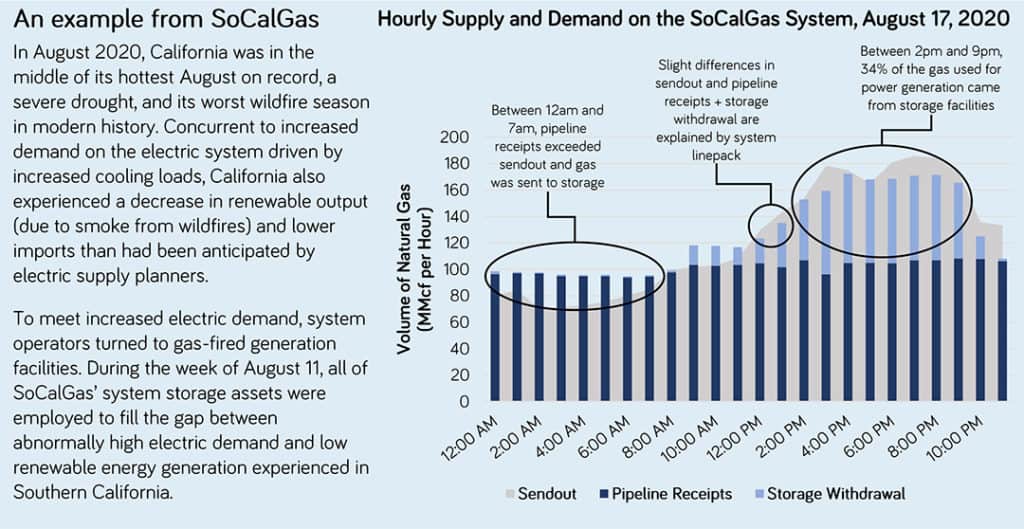Sustainable energy is among the top news headlines every day. While coverage of the topic is expanding, what constitutes a sustainable energy future is growing narrower, focusing on renewability while excluding two critical components: reliability and resilience.
For an energy system to be truly sustainable, it can’t simply deliver fewer negative environmental impacts. It must be capable of meeting the growing daily demand for energy, in addition to spikes from atypical environmental circumstances, such as wildfires and polar vortexes, or damage to the distribution system. Therefore, any plan for a sustainable energy future must address three components: Renewability, Reliability and Resilience.
In a future blog post, I’ll dig deeper into the definition of renewable energy and the role of the natural gas industry in it. Today, I’ll focus on the often overlooked “other R’s” of sustainable energy – reliability and resilience.
Reliability versus Resilience
These two terms are often used interchangeably, but have significant differences in meaning. In the January 2021 report “Building a Resilient Energy Future,” the American Gas Association (AGA) explains the distinction well: reliability enables the energy system to meet typical demands under normal, everyday conditions and resilience is the ability of that same system to meet high demand under extreme conditions.
Reliability
The ability of the energy system to deliver services in the quantity and with the quality demanded by end users.
Resilience
The set of energy system abilities that allow it to prevent, withstand, adapt to, and quickly recover from system damage and/or operational disruption.
Source: American Gas Association, “Building a Resilient Energy Future” Fact Sheet, Jan. 2021
As outliers like heat waves or deep freezes create an extreme increase in demand for energy utilities, focusing on their system’s resilience has become vital in minimizing disruption to their customers. Utilities need an energy source that can be efficiently stored and drawn from when surges in demand occur. Battery storage for both electricity and renewables remains highly inefficient. And, neither wind, sun, nor waves can be called upon to ramp up their production during times of crisis. By contrast, natural gas stores can be built up easily over time, stored with minimal losses, and quickly dispatched when needed, as shown in the diagram below.

Case Study: The August 2020 SoCalGas Heat Wave
The challenge SoCalGas faced during the August 2020 heat wave is an excellent example of the role natural gas plays in ensuring a resilient grid.

While some critics maintain that renewables would have been sufficient to meet California’s extreme load in mid-August, Brentan Alexander, Chief Science Officer at New Energy Risk, says that the heat wave actually proves “the importance of natural gas assets to ensuring grid stability.” In his recent Forbes article, Alexander calculates why renewables alone could not possibly have met the demand California faced last August. He explains that to meet the demand during that heat wave, “would require 4.7 times as much renewable generation capacity as is available today,” not to mention that “a nearly 75-fold increase in storage capacity would be needed to satisfy the conditions… with a storage fleet that is 85% efficient.”
Alexander adds that even while California pursues aggressive goals to increase renewable sources and battery storage, their plans do not include retiring any natural gas assets, proving that even the most aggressive environmental policymakers see natural gas as an essential part of a sustainable grid strategy.
So, while many critics of the natural gas industry are quick to say that its future is limited, recent events show how vital it is. The role it plays in ensuring a resilient grid, as well as its ability to harness and distribute Renewable Natural Gas (RNG) means that this industry is vital to all three R’s of sustainability – now and in the future.


